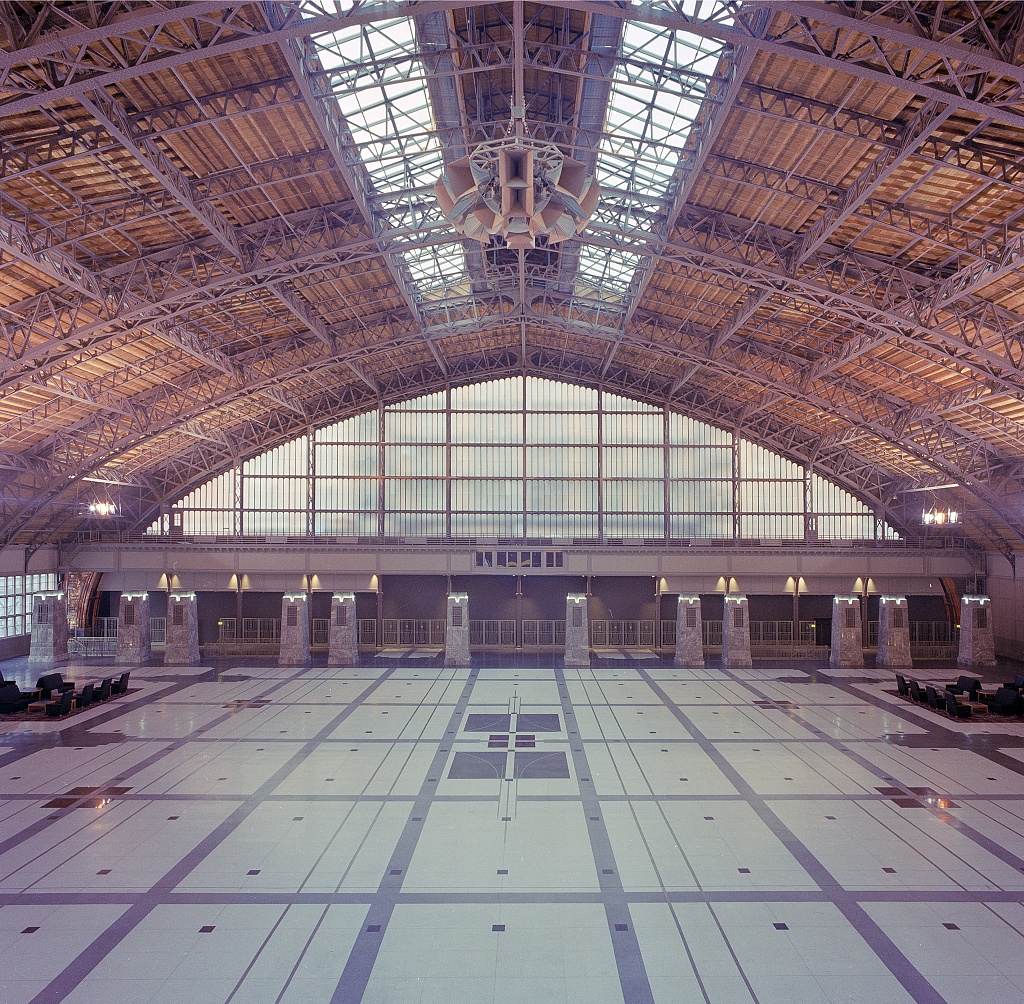My friend Steve Kendall gave me a copy of his latest book, written with the late John Habraken, Open Building for Architects. Wiki defines Open Building as “an approach to the design of buildings that takes account of the possible need to change or adapt the building during its lifetime.” Reflecting on this ambitious goal—buildings can last for centuries—led me to a conclusion: There’s no such thing as Open Building. Or, to put it another way, buildings have always been open to change.
I am put in mind of the Uffizi Museum (originally magistrates’ offices), the Louvre, the Hermitage, the Belvedere (originally royal and imperial palaces), the Tate Modern (originally a power station), the Musée d’Orsay (originally a railway terminal), the National Portrait Gallery (originally the Patent Office), and the Prado (originally designed as a science museum). Of course, these are all famous museums, but Europe is full of palazzos, mansions, and hôtels, that have found second and third lives in a variety of altered uses.
Closer to home, consider building change in my city, Philadelphia. Innumerable row houses have been converted to non-residential uses, innumerable industrial lofts repurposed to residential use, mansions turned into multi-family apartments, the city’s school board headquarters converted to residential use, and a downtown hospital turned into apartments. And that’s only the residential conversions. Across the street from me is a juvenile court and jail that has been converted to office use, Alexander Hamilton’s Second Bank of the United States is now an art gallery, the Philadelphia Museum of Art has converted an Art Deco insurance company building into a museum wing, a pumping station has become a theater, two Art Moderne office towers and a YMCA are now hotels, and the venerable Reading Terminal now functions as part of a convention center (see above).
While none of these buildings was designed for such unpredictable change (how could they have been? that’s the definition of unpredictable), changes did occur and were accommodated. Perhaps it could have been done more efficiently, but could future functional demands and future technology really have been predicted a hundred years in advance? I think not.
The truth is that buildings have always been open to change—they had no choice.

